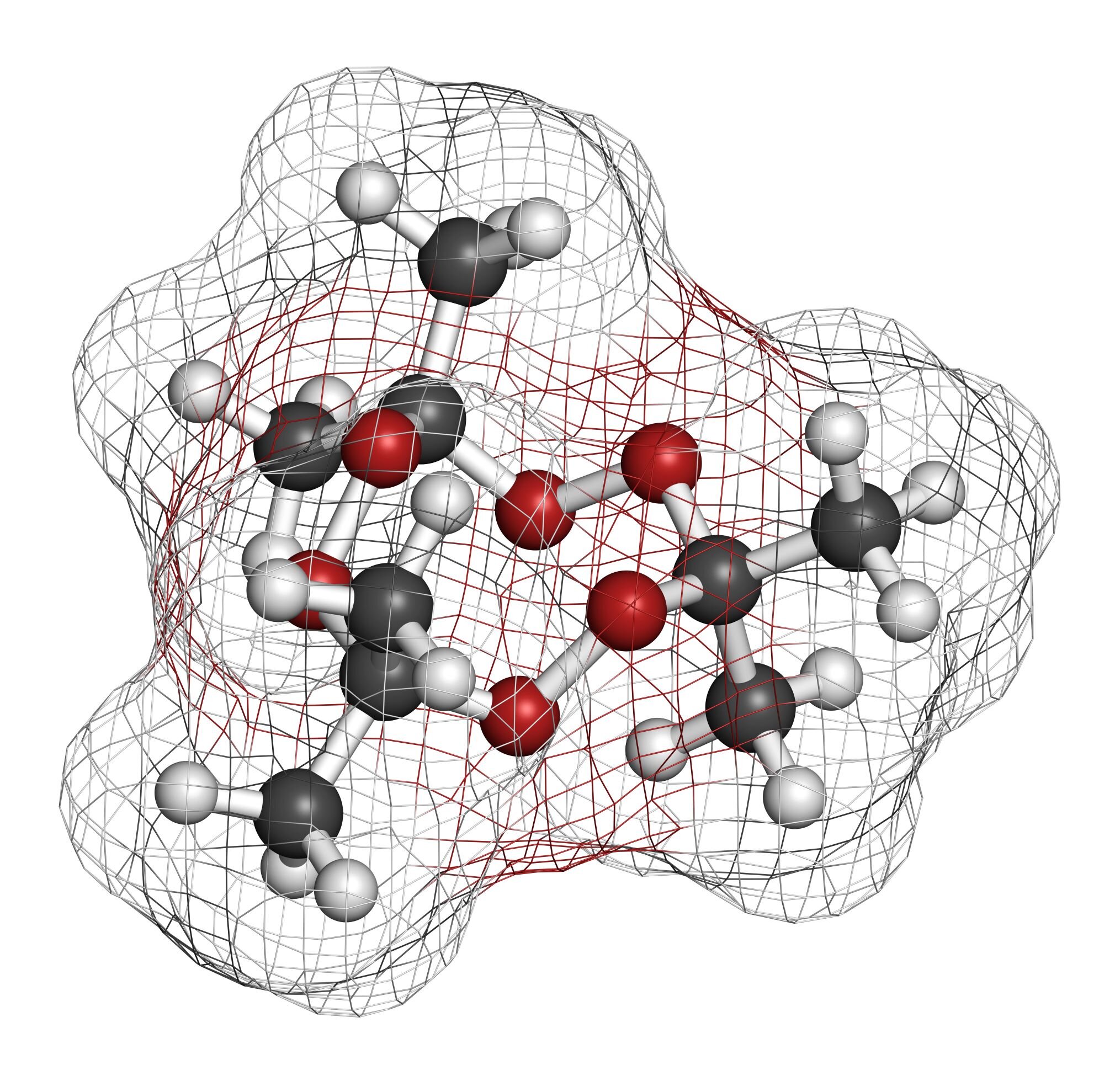Learn more about our recent work in the highlighted applications described below.
Email us at info@gallant.tech to learn how we can help you get the information you need to make critical decisions.

Oxidation Markers in Smoke-Exposed Grapes
SPME Headspace
Oxidation Markers in Smoke-Exposed Grapes
The wildfires across Australia and California have shown that smoke exposure of grapevines can cause off-flavors, or “smoke-taint,” in the resulting wines. Several marker compounds, including guaiacol and 4-methoxyguaicol, have been identified as contributing elements to these off-flavors and thus they are potential markers for determining which grapevines are affected using chemical analysis.
Using SPME Headspace analysis, oxidative markers were spiked into red wine blends and grape homogenate samples and a method was developed with linearity down to 0.1 ppb and a limit of detection as low as 0.01 ppb (10 ppt).

CBD Oil Terpene Analysis
SPME Headspace
Entourage Effect and Terpenes in CBD Oil
Cannabinoid Oil (CBD Oil) is widely for a variety of health issues, including anxiety, depression, pain, acne, and heart disease. Depending on the extraction methods used to make these oils, CBD oil can have over 100 different terpenoid compounds and multiple cannabinoids, flavonoids, and steroids. The pharmacological effects of many terpenes have been previously studied, and a survey of 19 terpenes across a variety of commercially available CBD oils showed that the terpene content can vary widely across brands and extraction methods.
These experiments were performed using SPME headspace analysis with an optimized GC/MS/MS method using a mixed 19-terpene standard. A linear regression curve detecting 50-2500 ng was applied to six commercial CBD oil samples from a variety of different brands with different extraction techniques.
Comparison of terpenes across different commercial CBD oils
Example chromatogram of Multiple Reaction Monitoring optimized GC/MS/MS method

Analysis of Volatile Explosives in Canine Training Aids
Thermal Desorption
Thermal Desorption of solid canine training aids
Gallant TA-SPOT® training aids are made with a process developed by the Johns Hopkins University Applied Physics Laboratory (APL) that was designed to produce non-detonable training aids that are free from extraneous odors—such as those from solvents—that can lead to improper odor imprinting and lack of generalization to the pure, or “neat,” explosive.
Samples of different TATP canine training aids were analyzed using Direct Thermal Desorption sampling for GC/MS analysis.
A small about of the training aid material is transferred to a micro-vial and then put into a thermal desorption tube.
Although there is trace acetone in both samples, in the Competing “Real” training aid, the main volatile component being emitted from the sample is Acetonitrile, which has a peak intensity approximately 10 times higher than that of the TATP sample. In the TA-SPOT® training aid, the TATP is visible as the main component being emitted in the VOC testing

VOC Analysis of Commercial Gaskets
Static Headspace
VOC Offgassing of Commercial Gasket Materials
A client required a very low VOC emitting material for gaskets being used in a systems integration project. A variety of gasket materials were supplied and the relative offgassing of VOCs at elevated temperatures before and after various bakeout techniques were evaluated.
NIST Spectral Library Identification of main peaks
An overlay of the chromatograms shows that different materials had significantly varied volatile components
Static headspace analysis was performed at 200 °C for each gasket sample and the main peaks were identified using the NIST MS library.
Based on these results, and optimal candidate was identified and incorporated into future engineering design and development efforts.











